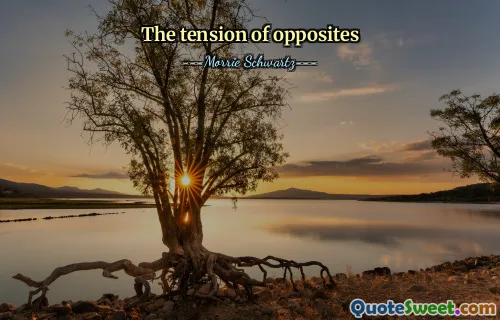Because I could not stop for Death,He kindly stopped for me;The carriage held but just ourselvesAnd Immortality.We slowly drove, he knew no haste,And I had put awayMy labour, and my leisure too,For his civility.We passed the school where children played,Their lessons scarcely done;We passed the fields of gazing grain,We passed the setting sun.We paused before a house that seemedA swelling of the ground;The roof was scarcely visible,The cornice but a mound.Since then 'tis centuries; but eachFeels shorter than the da
In Emily Dickinson's poem, the speaker personifies Death as a courteous figure who takes her on a ride in his carriage, symbolizing the journey toward the afterlife. This encounter reflects a serene acceptance of mortality, as the speaker sets aside her daily routines to accompany Death. The carriage ride signifies a transition, allowing the speaker to reflect on life’s fleeting moments, such as children at play and the beauty of nature, which allude to the inevitability of time passing.
As they travel, the speaker observes familiar scenes of life, which suggest nostalgia and a contemplative state about existence. They pause at a house that represents her final resting place, blending into the earth itself. Despite centuries passing since this journey began, the speaker conveys that time feels shorter than a day, emphasizing the perception of time in relation to death and eternity. This profound reflection on life, death, and the passage of time reveals a deep acceptance and understanding of mortality.





